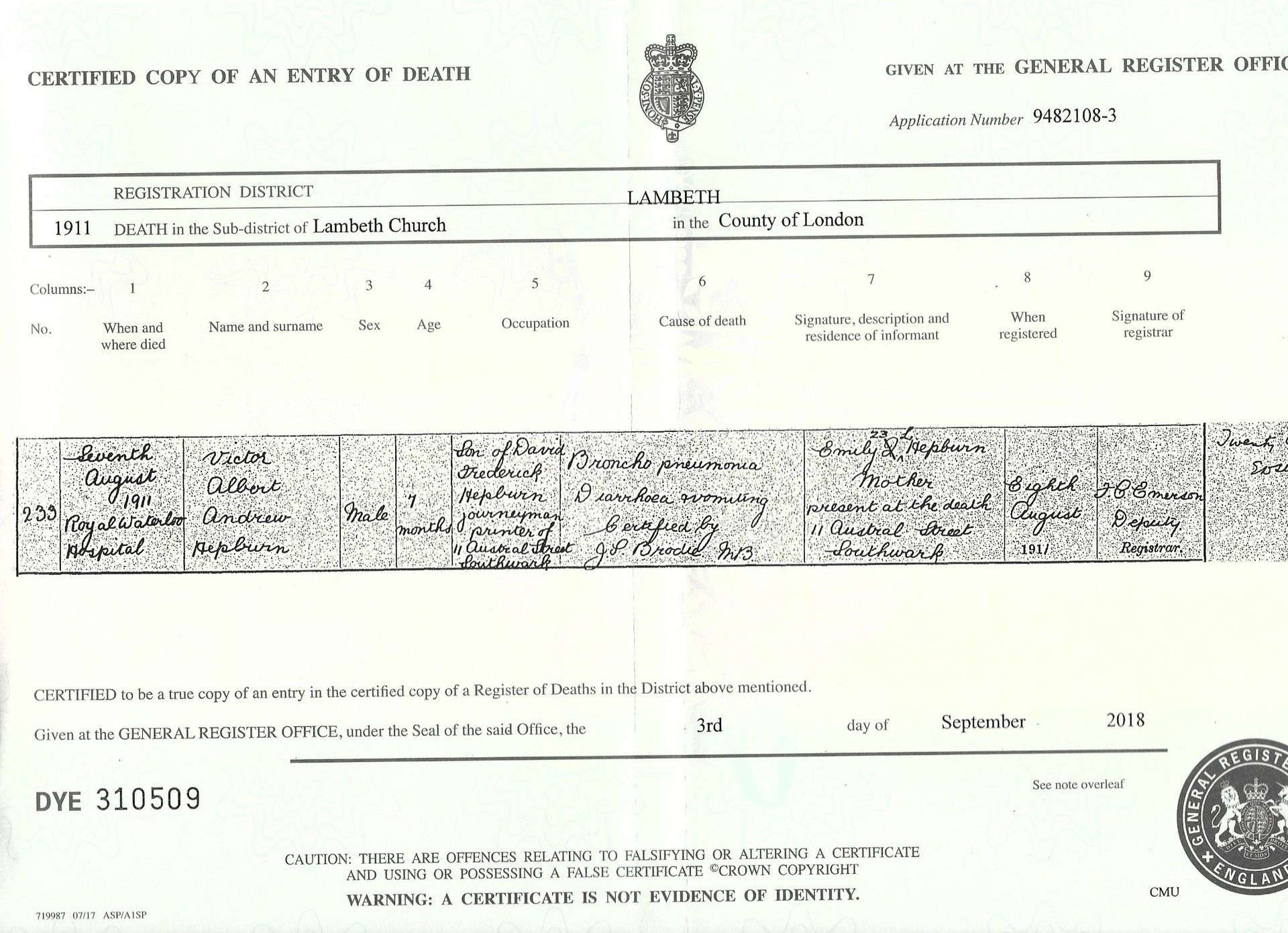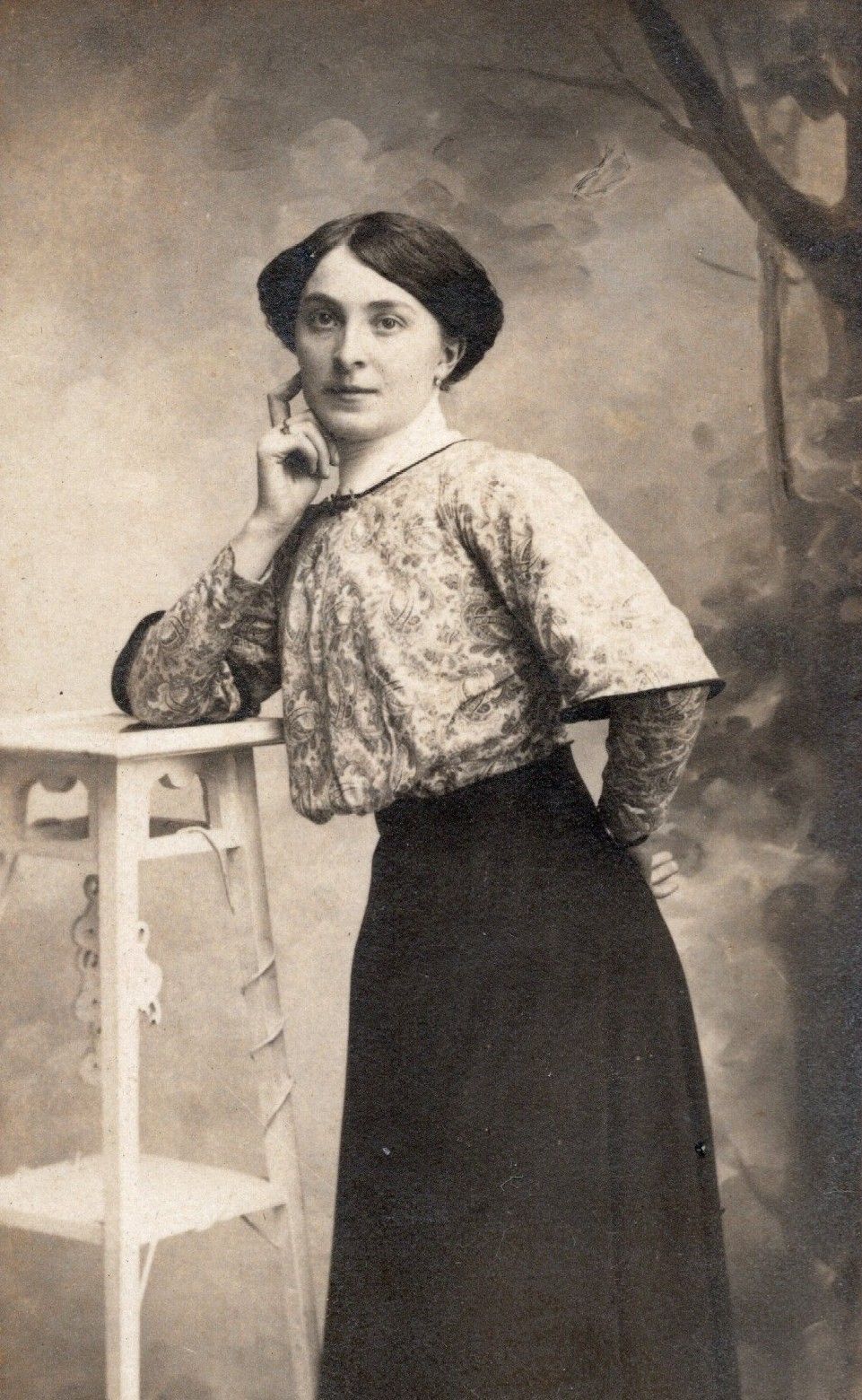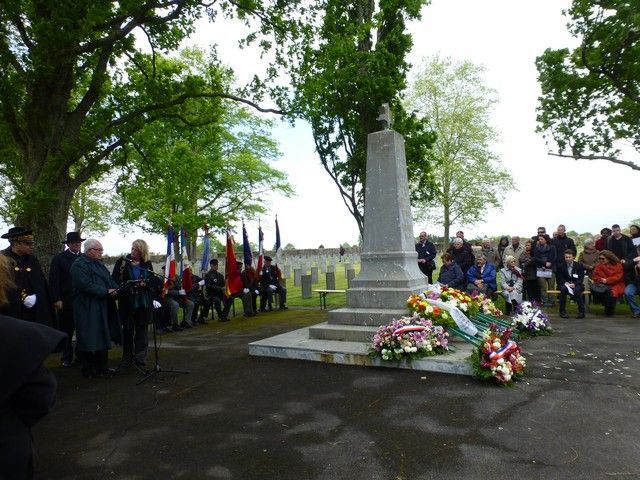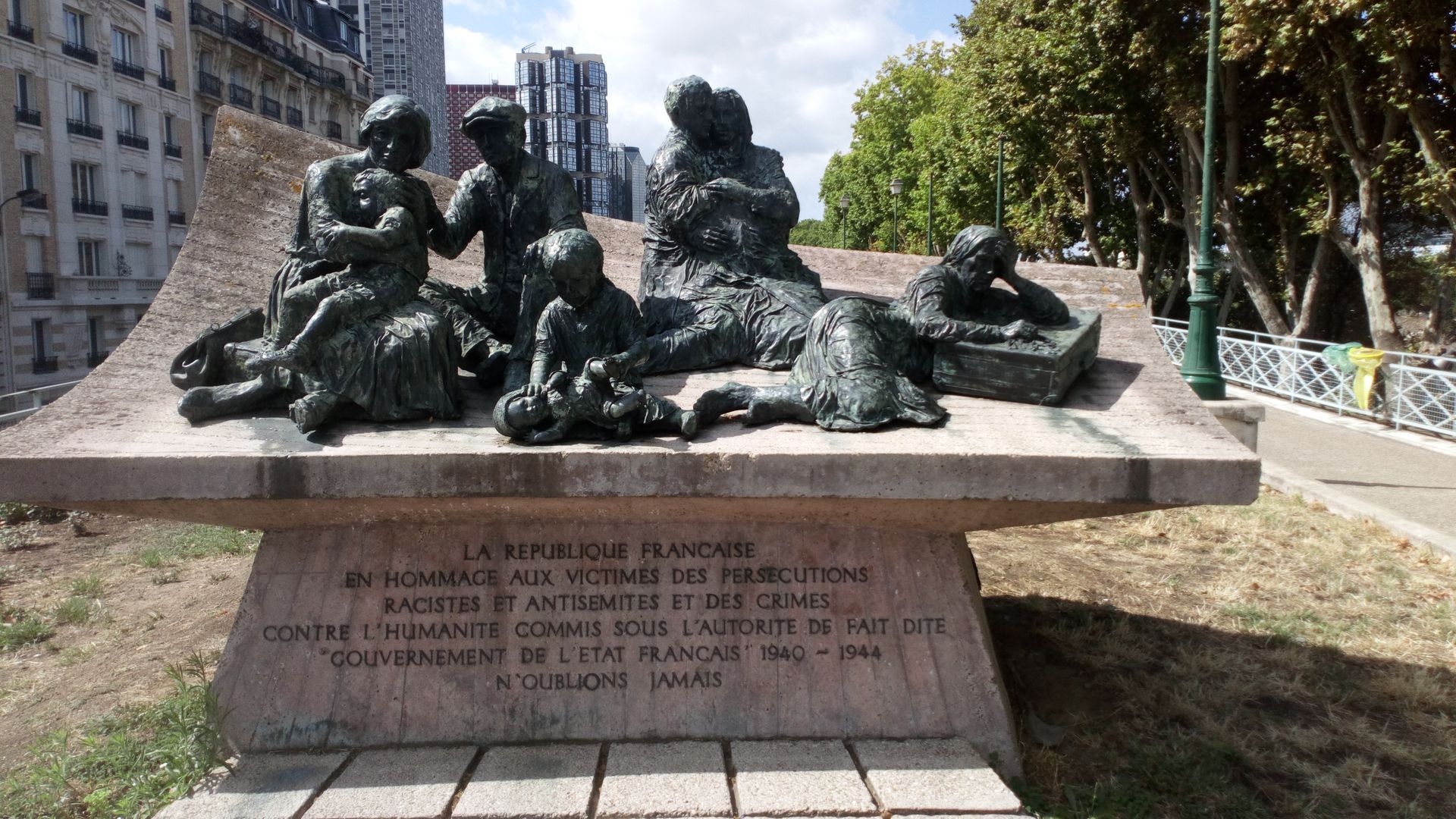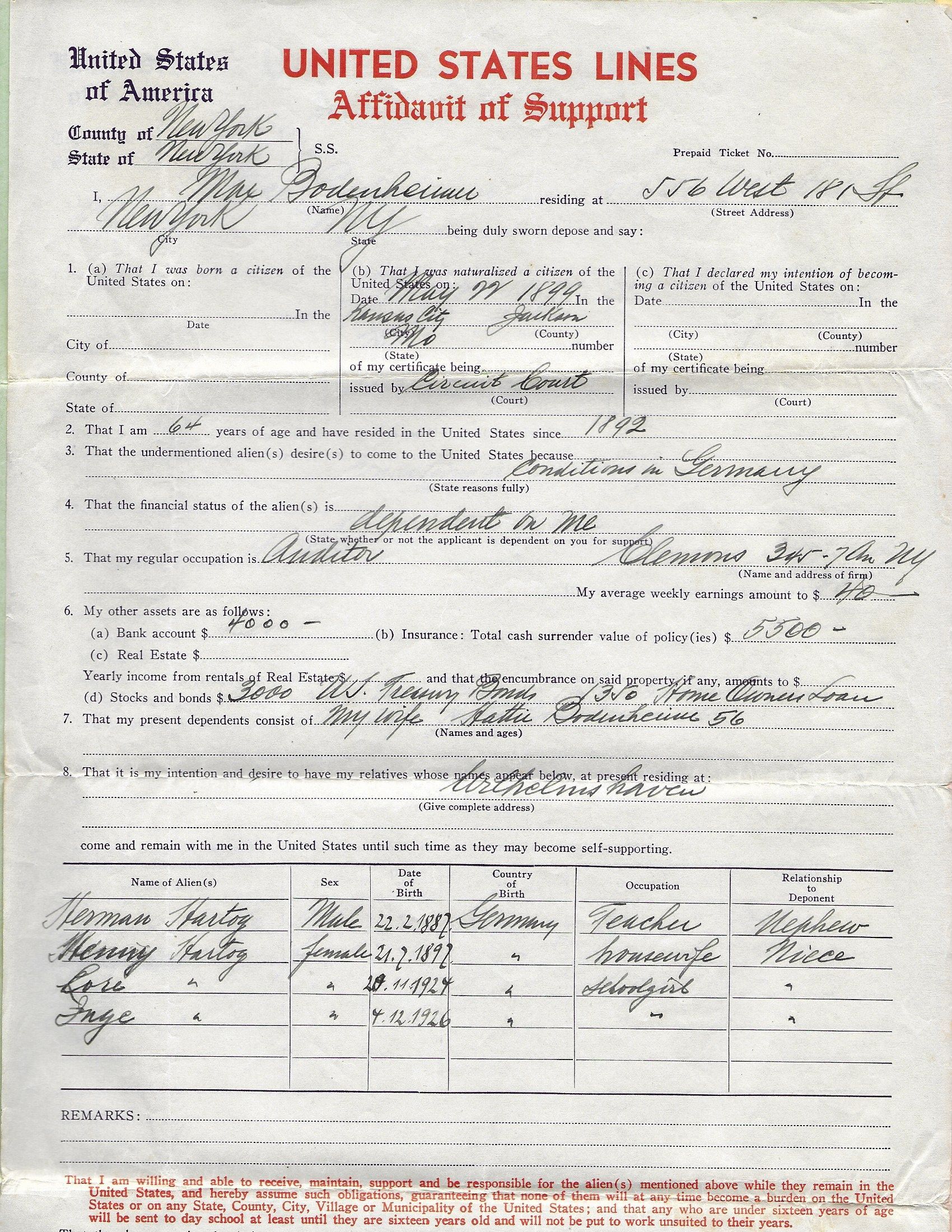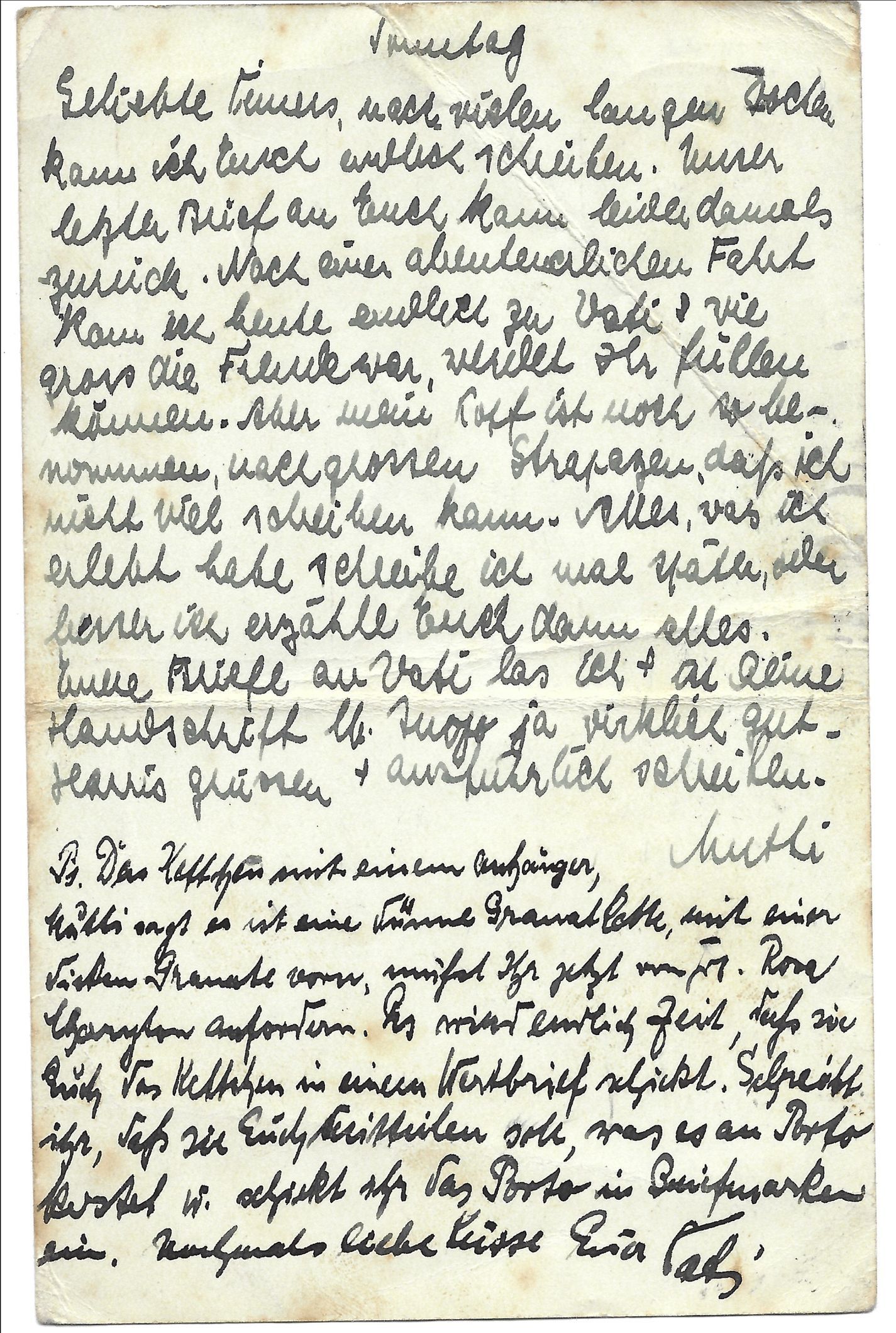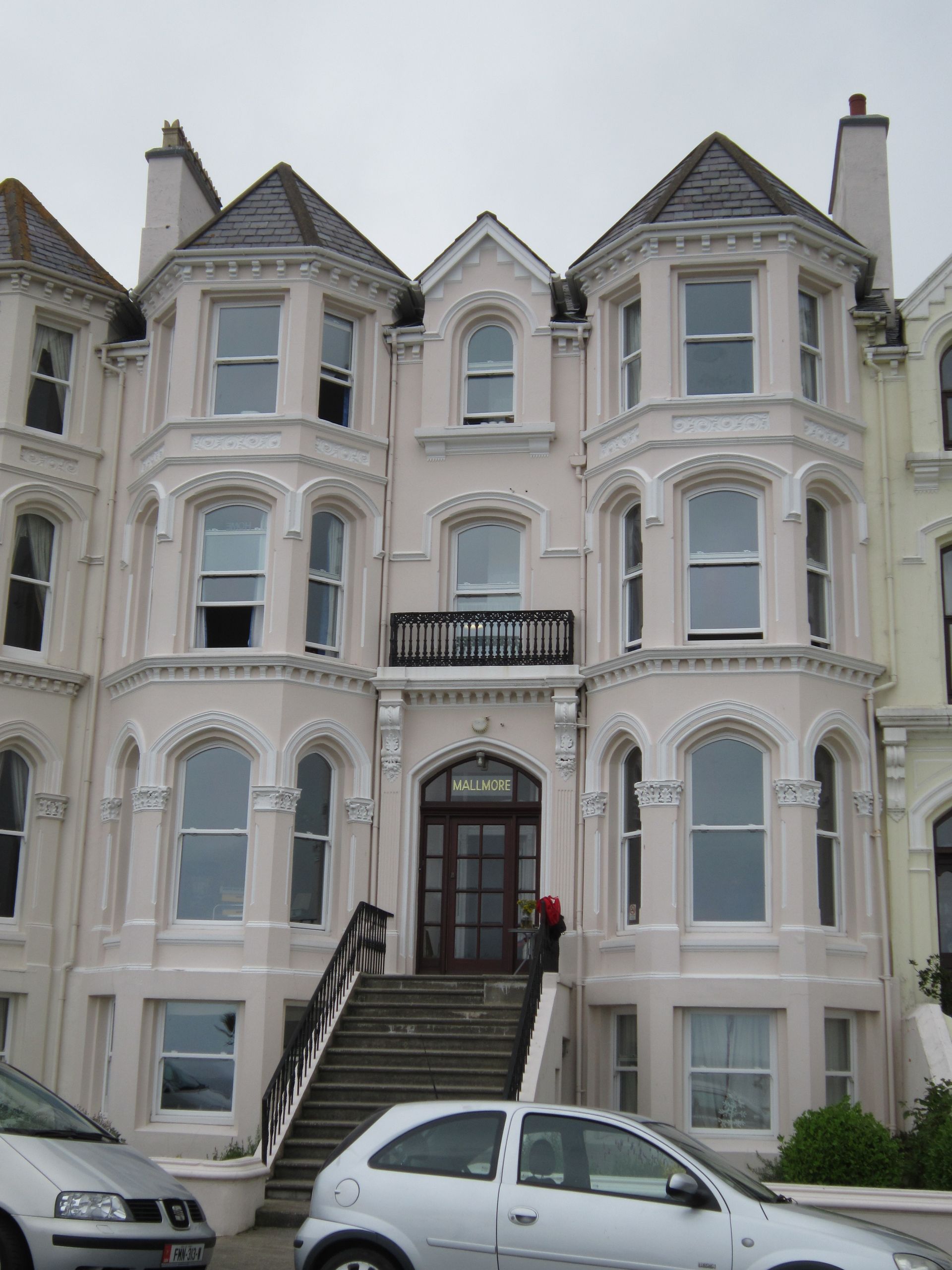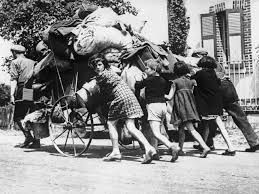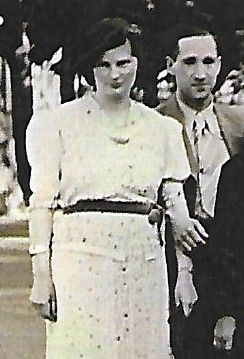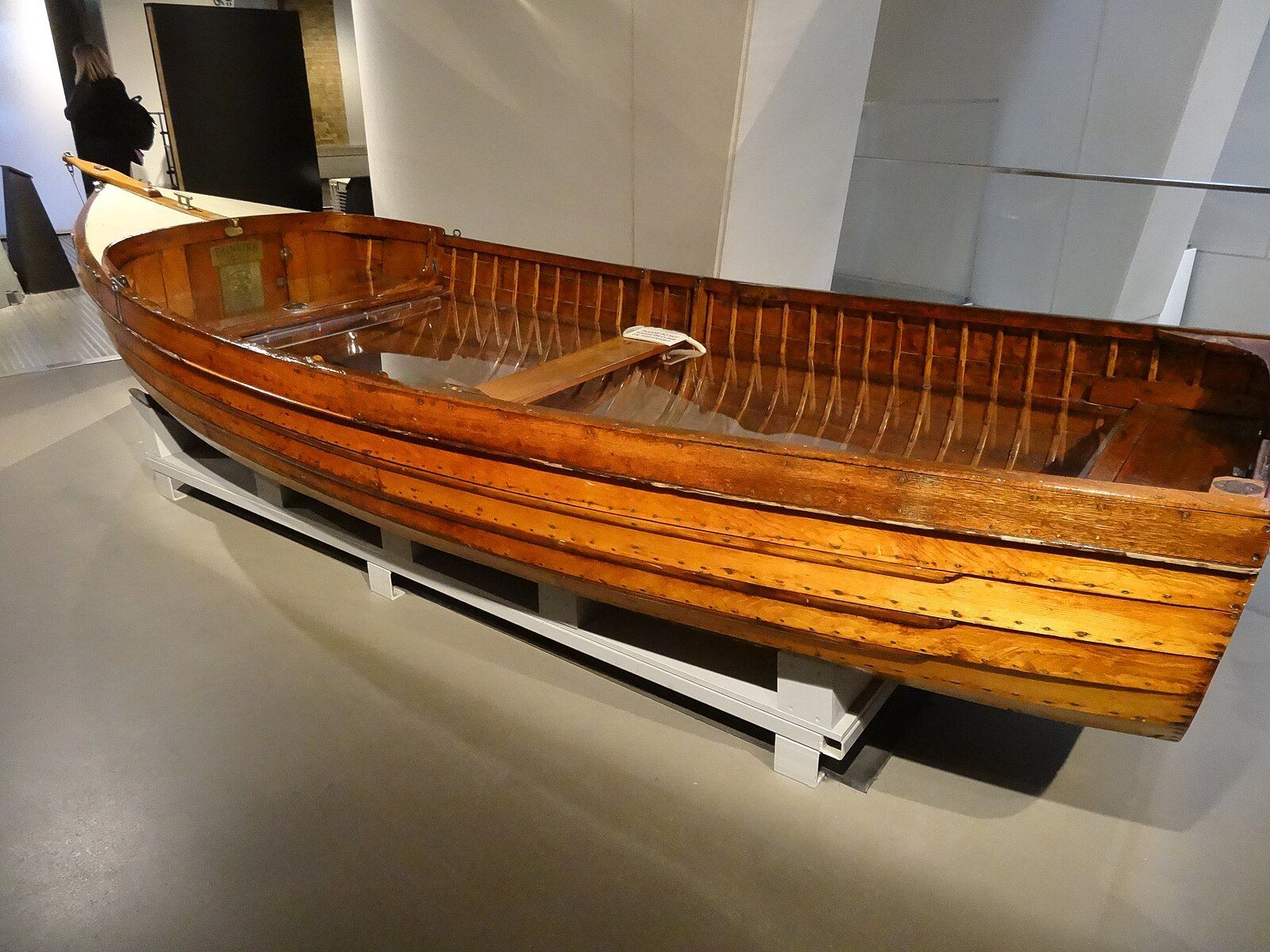Cycling in Edwardian England
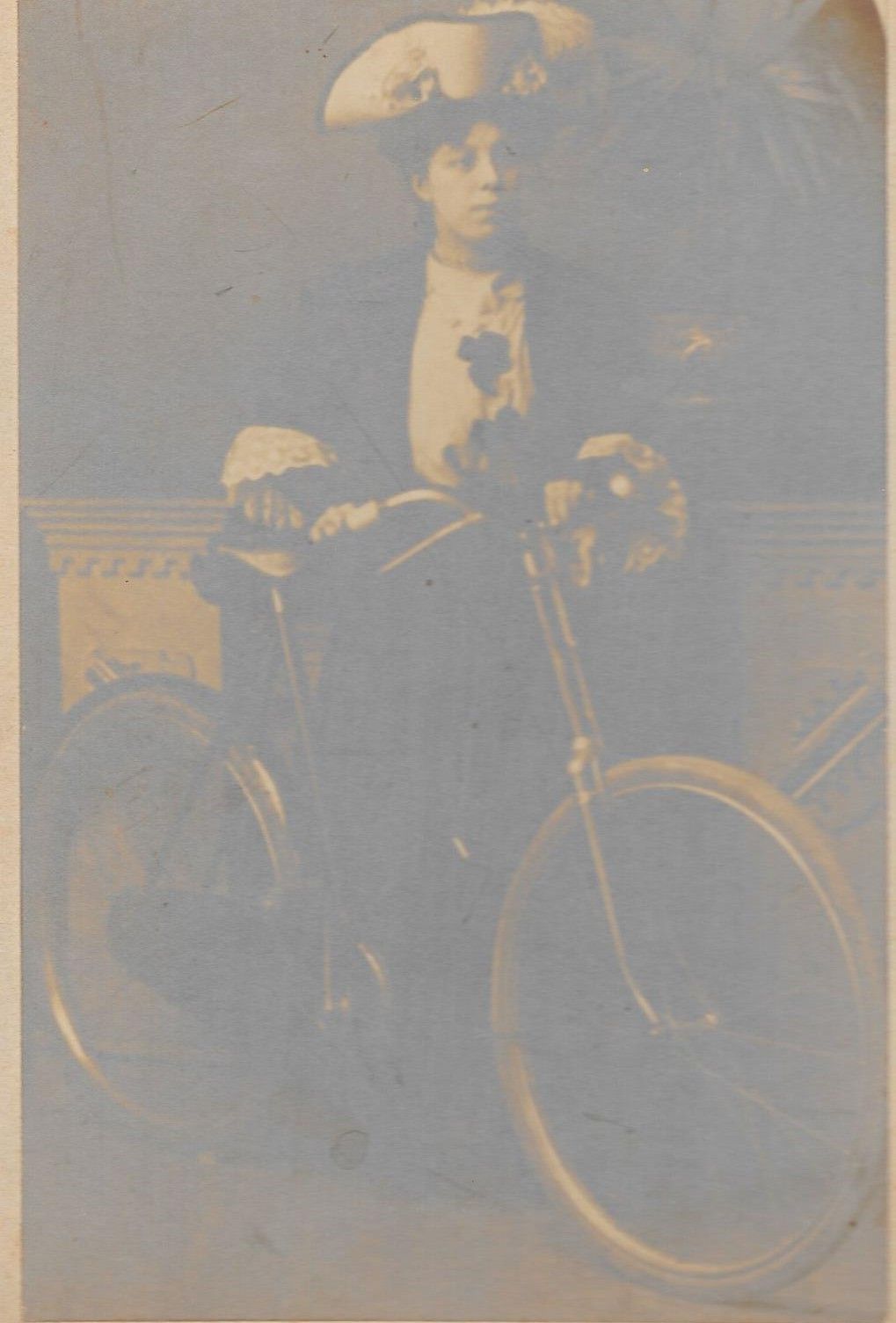
The bicycle became a powerful symbol of independence and liberation for many young women in the early years of the twentieth century.
I will never cease to be amazed that my grandmother, Ethel May Smith, chose to have a studio photograph taken of herself standing proudly at the side of her bicycle – which she presumably wheeled into the studio. But this picture speaks volumes of the young woman that she was – and the example that she gave to her granddaughters.
Ethel (later called Hettie by her husband, but I don't know what she was called as a girl) left school at the age of about twelve and worked as a shirtmaker – specifically as a collar-maker. When she was 15 years old, in 1901, she was working as a 'shirt machinist' and living at 57, Commerell Street in Greenwich.
The following year, the pedestrian tunnel under the Thames was opened, connecting Greenwich to the Isle of Dogs. Although cycling in the tunnel was prohibited, Ethel rode her bicycle under the river - from her home near the entrance, to her work in a factory on the north side, where she eventually rose to supervise machinists in the collar-making section.
In her occasional free time from the factory, Ethel rode her bike away from the poor streets of Greenwich into the nearby Kent countryside, where she no doubt met with other bicycle enthusiasts. Cycling was an absolute craze during the early years of the twentieth century – and Ethel relished the freedom that her bicycle gave her, as well as the freedom of the clothes that had been adapted for the female cyclist. Although an extravagant hat seems to have always been part of her outfit.
Ethel's enthusiasm for two- or four-wheeled vehicles met that of a young police officer from the area, Wilfred Percy Reeve. I do not know whether or not they belonged to any of the many cycling clubs that sprang up on the edges of south-east London at that time but they both had an energetic approach to life and a dashing bravura that challenged many of the accepted conventions of society. Bicycles – and later cars – were a way whereby they each tried to escape the restrictions of their lives.
Ethel May Smith and Wilfred Percy Reeve were married on 22 January 1910 in Ethel's local church – All Hallows, East India Dock Road, in the heart of London's dockland.
(the photo shows Ethel with her bicycle, posed for a studio photograph)
